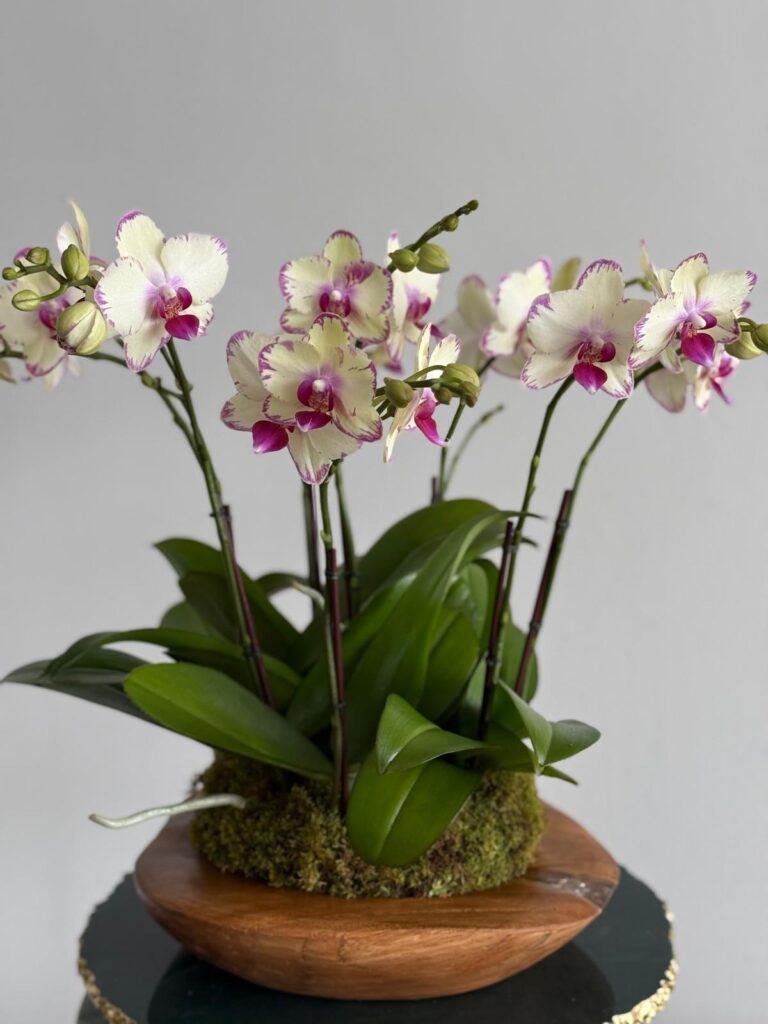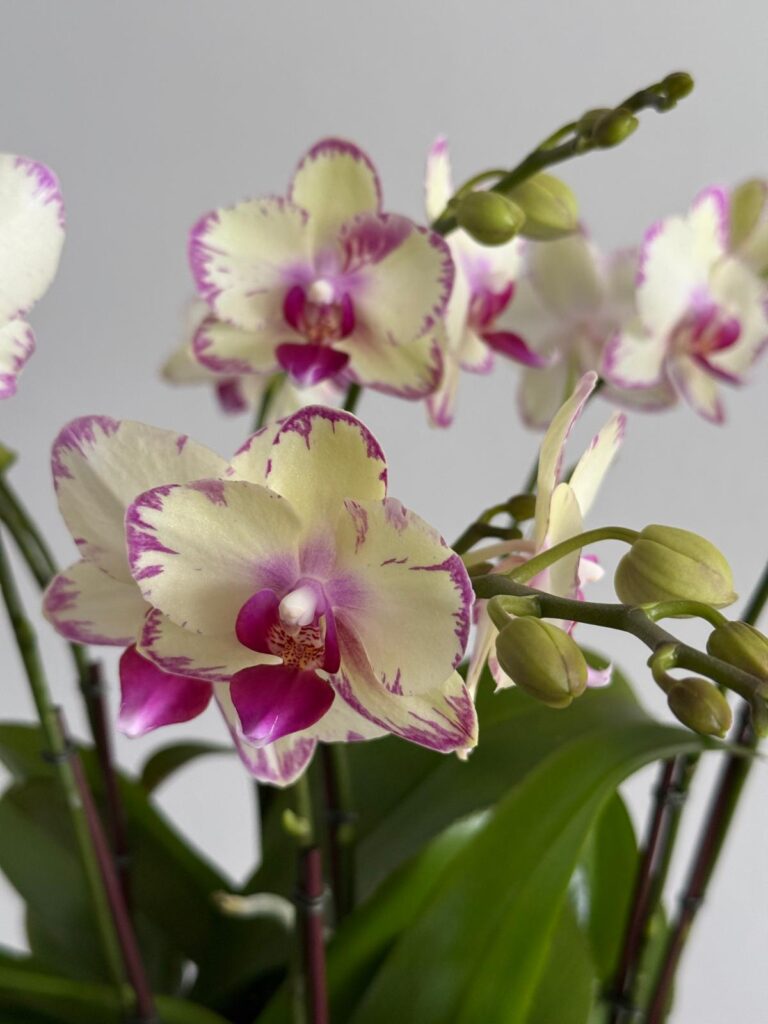
Understanding the light requirements of orchids is vital for their health and growth. Unlike many other houseplants, orchids have evolved in diverse ecosystems that significantly influence their light needs. Most orchids naturally inhabit regions like rainforests, where they typically grow in the understory, receiving filtered light through the canopy above. This unique adaptation grants them the ability to thrive in lower light conditions, setting them apart from other plants that may favor direct sunlight.
Due to their native habitats, orchids require a careful balance of light exposure to maintain their vitality. Too much direct sunlight can lead to leaf burn, while insufficient light may hinder blooming and overall growth. This highlights the importance of understanding not only the quantity but also the quality of light that orchids need. Providing adequate light is crucial for photosynthesis, which enables orchids to produce the energy required for healthy growth. Thus, it is essential for orchid owners to recognize the specific light conditions that will support their plants’ development.

Additionally, different orchid varieties exhibit varied light preferences. For instance, some species, like Phalaenopsis, thrive in lower light environments, while others, such as Cattleya, benefit from brighter conditions. These nuances necessitate an individualized approach to illumination, ensuring that each type receives the optimal light levels to flourish. Therefore, understanding the light needs of orchids not only enriches the experience of growing these beautiful plants but also fosters their long-term success, enhancing their aesthetic contribution to indoor spaces.
Do Orchids Need Direct Sunlight?
Many orchid enthusiasts often grapple with the notion of whether these exquisite plants require direct sunlight to thrive. A common misconception is that, like many houseplants, orchids flourish under full sun exposure. However, this belief does not accurately reflect the light needs of most orchid species. In reality, while orchids indeed require light to grow and bloom healthily, direct sunlight can be detrimental, leading to scorched leaves and hindered growth.

Orchids primarily originate from tropical and subtropical environments, where they grow in the understory of large trees, receiving light filtered through the foliage above. Therefore, it is essential to understand the different types of light and how they affect various species of orchids. Direct sunlight, characterized by intense rays falling directly on a plant, is generally too harsh and can cause rapid dehydration and leaf burn in orchids. On the other hand, indirect light—soft light that diffuses rather than directly hits the plant—is ideal for most orchids, allowing them to photosynthesize effectively without the risk of damage.
Filtered light, which comes from bright sunlight passing through a transparent medium such as sheer curtains or leaves, is another beneficial lighting condition for orchids. Many popular species, such as Phalaenopsis and Dendrobium, thrive in this light setting. Meanwhile, some types, like the Cattleya orchid, prefer a bit more light compared to the aforementioned species but still do not fare well under direct exposure. Growers should monitor their orchids and adjust the light conditions to achieve a thriving environment.
How Much Light Do Orchids Need?
Orchids, known for their stunning blooms and diverse species, have specific light requirements that are crucial for their growth and flourishing. To ensure optimal growth, most orchid varieties need about six hours of bright, indirect light each day. This light can be derived from various sources, including windows, fluorescent lights, or grow lights, but the key is to avoid direct sunlight, which can scorch the delicate leaves and diminish their beauty.

To measure light levels effectively, you can use a light meter, which provides accurate readings of the intensity of light in your growing environment. Alternatively, a simple method involves observing the orchid’s leaves; healthy leaves should be a vibrant green, while dark green leaves indicate low light levels, and yellow or scorched leaves suggest excessive sunlight. Regularly checking light conditions helps maintain the ideal brightness for your orchids.
Rotating your orchids is also essential for ensuring even light exposure. Since plants reach towards their light source, rotating them every few weeks can prevent lopsided growth and promote symmetry in their appearance. This practice is particularly important for orchids that are placed near a window, as they may naturally lean towards the light source if left unturned for too long.

It is important to note that light requirements may vary significantly between different orchid species. For instance, phalaenopsis orchids often thrive in lower light conditions compared to cattleya orchids, which prefer brighter environments. Therefore, it is advisable to research the specific needs of the orchid variety you are cultivating. Understanding these light requirements is essential for enabling healthy growth and vibrant blooms, ensuring your orchids thrive in their environment.
Consequences of Incorrect Light Exposure
Orchids, known for their captivating beauty and elegance, require specific light conditions to thrive. Incorrect exposure to light can lead to several detrimental effects on their growth and blooming potential. Insufficient light can cause stunted growth, as orchids rely on sufficient energy from photosynthesis to develop properly. In such conditions, leaves may become elongated or leggy, a common indication that the plant is stretching towards a light source. Additionally, inadequate light often results in fewer blooms, depriving the plant of its full potential and diminishing its aesthetic appeal.

Conversely, excessive light can be equally detrimental. When orchids receive too much sunlight, particularly direct sunlight, the leaves may become scorched or sunburned, displaying yellow or brown patches. This excessive exposure can also lead to a phenomenon known as “leaf drop,” where the plant sheds its leaves prematurely as a survival mechanism. Understanding these signs is crucial for orchid caregivers, as they can indicate that an adjustment in light conditions is necessary.
To address these issues, it is essential to regularly monitor the growing environment of your orchids. Ideally, providing bright, indirect sunlight is optimal for most orchid species. If you observe signs of insufficient light, consider relocating your plant closer to a window or supplementing with artificial grow lights. On the other hand, if you suspect your orchid is receiving too much light, moving it away from direct sunlight or using sheer curtains to diffuse the light can help mitigate damage. By observing these signs and making necessary adjustments, orchid enthusiasts can help ensure their plants thrive, resulting in healthy growth and abundant blooms.